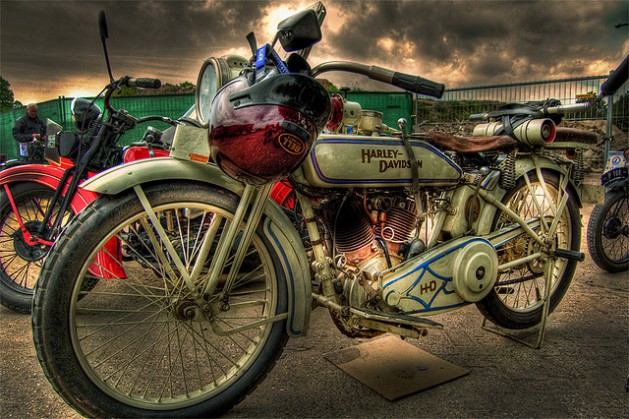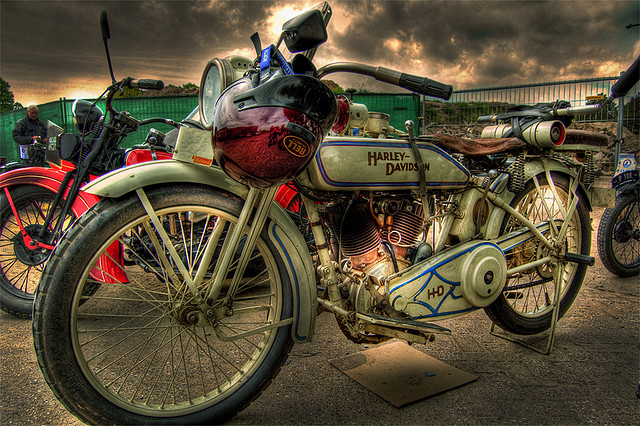
You might assume that inspecting a pre-owned bike is a lot easier than looking over a secondhand car simply because of the size – and you’d have a point. There are, after all, not nearly as many parts or components in the average motorcycle, and most of them are clearly visible. With that said, many new buyers have absolutely no idea what they should be looking for, which is why they sometimes come to regret their first purchase. Here are three simple tips to ensure that that doesn’t happen to you.
Examine the Frame
When shopping for used motorcycles, the most important thing to inspect is the frame. Not only does it support the entire weight of the bike, but it also includes the parts that allow you to steer the bike. Made of extremely durable materials, frames can nevertheless be damaged in serious accidents. This damage may be difficult, even impossible to repair. Not surprisingly, a bent frame is the most common reason used motorcycles are sent to the junkyard.
In some cases, however, unscrupulous owners try to sell their damaged bikes to unsuspecting first-time buyers. This often happens when there is only minor damage to the frame, such as a crack or a hairline fracture. In these instances, it often quite easy for the owner to convince an inexperienced rider that minor damage isn’t the end of the world.
Our advice? Run, don’t walk! Why? Bikes with bad frames are not only nearly worthless, they’re also potentially dangerous. So unless you are buying used motorcycles for parts, you should never, ever consider one that has a bent or cracked frame.
Check the Chain
They might not be nearly as expensive to replace as the previous entry, but a bad chain can cripple a bike and, more importantly, endanger your safety. A simple visual inspection should help you determine if the chain has been well maintained. Just like on a bicycle, if there are obvious signs of corrosion, it probably means the chain and sprockets were neglected. You may also want to test the flexibility of the chain by gently pushing and pulling on a section while moving the motorcycle forward a few inches. A well-oiled, properly maintained chain should move about an inch when each section is tested.
Look at the Tires
One of the most common mistakes new buyers make is that they fail to examine the tires. Perhaps that’s because they assume new motorcycle tires couldn’t be all that expensive since they’re a lot smaller than car or truck tires. Of course, the opposite is true. That is why it behooves all shoppers to closely examine the wear on both wheels to make sure that it is evenly distributed. If there is significantly more wear on one side, the tires will almost certainly have to be replaced – which could cost you several hundred dollars. You also want to make sure that the tire treads aren’t too shallow. A depth of around two millimeters is considered safe. Last but not least, you should bring along a tire gauge to find out if wheels are properly inflated. When they are too low, it could sign that there are small leaks that could cause a flat.
Use our trio of simple tips to avoid buying a lemon on your next motorcycle-buying expedition!
Article Source: http://EzineArticles.com/?expert=Anders_Abadie



